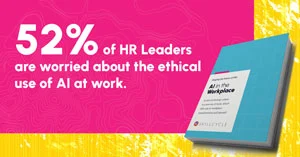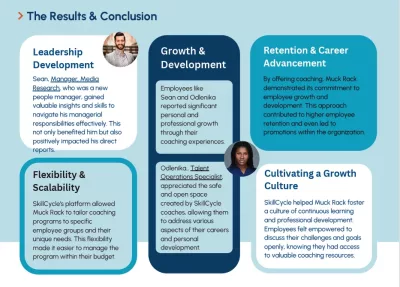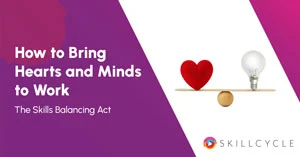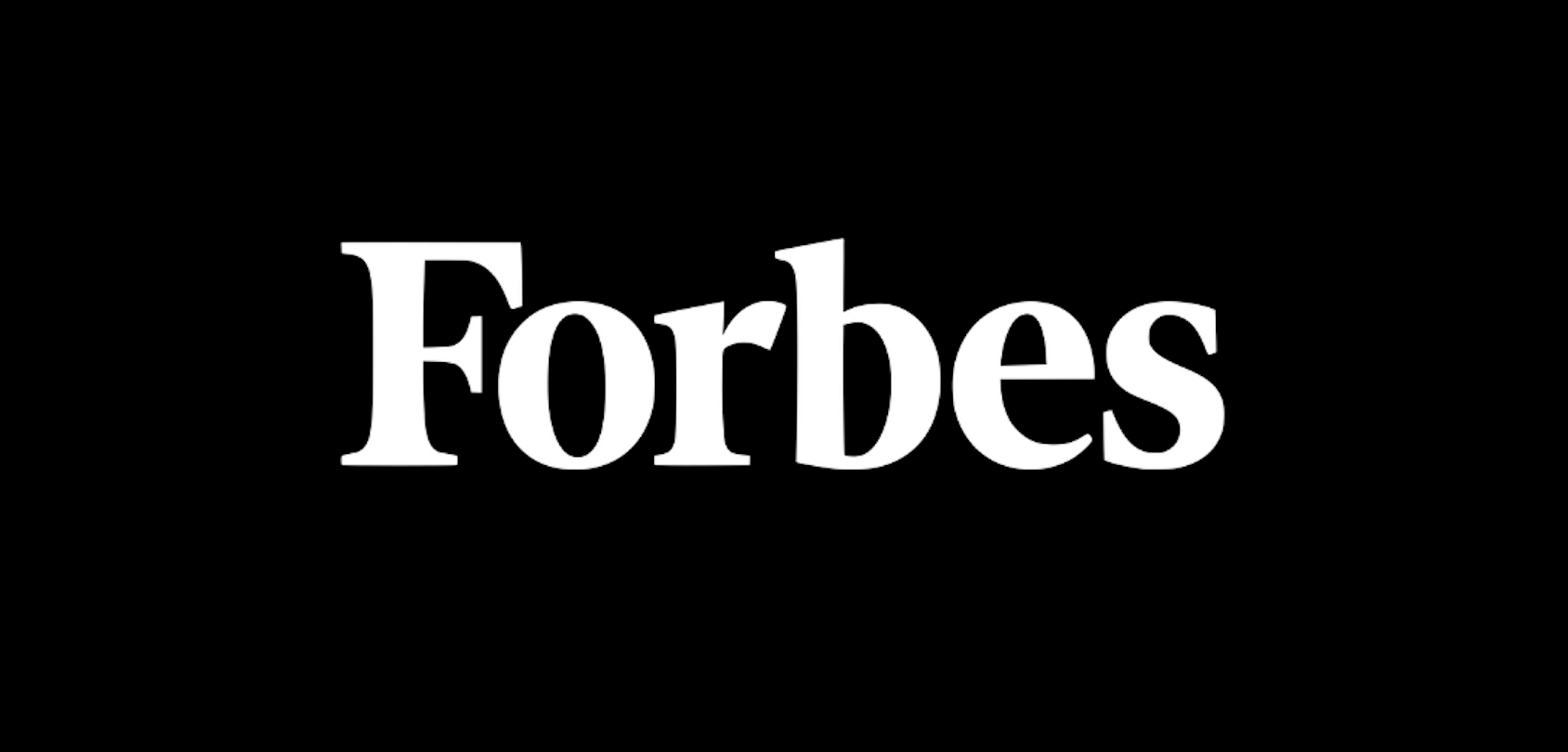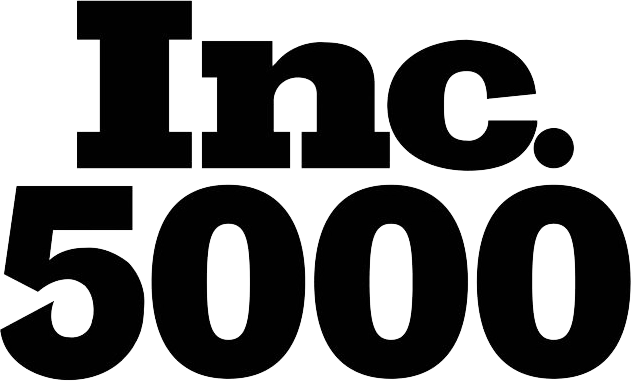Balance Your Skills Inventory to Improve Collaboration
Growing a robust skills inventory can help your organization become more adaptable — but it’s not simply that more skills are better than fewer. The real strength lies in balancing hard and soft skills across your teams.
“With an imbalance of skills, you run the risk of groupthink,” says Rebecca Taylor, CCO and Co-founder of SkillCycle. “Without healthy disagreement, you could miss out on important insights you need in your business to create strategy, build products, or execute on any other plans.”
A lack of collaboration can leave your company vulnerable to a lack of healthy debate and discussion, which can hinder innovation and decision-making. This gap can be even more pronounced if your organization prioritizes technical vs. soft skills.
Yet, the ability of employees to work together is critical to company growth. Greater collaboration increases productivity, enhances innovation, and reduces time-to-market, especially in larger organizations, according to McKinsey.
In this article on how your skills inventory impacts collaboration, we’ll explore:
- Why unproductive meetings signal an imbalance in your skills inventory
- How work silos weaken organizational culture and efficacy
- Why a skills imbalance can amplify inequity in the workplace
- Improving collaboration in the workplace through developing soft skills
Why unproductive meetings signal imbalance in your skills inventory
If you suspect an imbalance between your team’s technical vs. soft skills, it may be time to observe how meetings play out in your company.
Why? Overemphasis on hard skills can result in excessive, unproductive meetings dominated by groupthink. That’s right, having teams agree on everything isn’t actually positive. It could simply indicate a lack of skills that would help create discussion and innovative thinking.
“If everyone is agreeing on everything, you’re likely missing productive conflict conversations,” says Taylor.
It’s unlikely that a team of individuals with diverse skill sets could attend regular meetings and agree on every plan, path, and outcome. A better scenario would include lively discussions, thoughtful questions, and new suggestions from meeting participants.
So what’s happening in meetings where everyone seems to be in alignment all the time?
“Too much agreement could simply mean that people don’t feel confident arguing their side of a discussion, or lack the ability to offer feedback constructively to shift the conversation,” says Taylor.
In contrast, soft skills enhance effective meeting practices, leading to more productive and shorter meetings. Innovative solutions emerge from environments where skills are balanced, diverse perspectives are valued, and collaborative problem-solving happens regularly.
How work silos weaken organizational culture and efficacy
If a team is struggling to plan and manage projects or work together toward common goals, your culture may be unintentionally fostering disjointed work. This can pull apart effective teams and hamper your company culture.
New project management processes aren’t likely to help if this disconnect happens due to a skills imbalance. Disjointed work arises from a lack of communication and collaboration, often worsened by siloed skill sets.
Companies today need cross-silo collaboration to stay competitive, innovate faster, and grow revenue, according to Harvard Business Review. Their research also shows that collaboration boosts retention. New hires who are pulled into collaborative projects are 65% more likely to stay long enough at the company to become productive — and profitable.
“The pitfalls with work silos happen when teams feel like they’re working against each other,” says Taylor. “Leaders must translate each team’s work into impact for other departments to keep breaking down those divisions.”
Coaching and training soft skills like empathy and communication can bridge gaps between departments, encouraging a more integrated approach to projects. Breaking down silos improves workflow and enhances job satisfaction by fostering a sense of unity and purpose.
“Everyone in the company should understand their contributions to shared goals so they can own their piece while still aligning with others in the company,” says Taylor.
Why a skills imbalance can amplify inequity in the workplace
Skill imbalances can exacerbate workplace inequities, placing undue pressure on certain employees. The strong preference or strength in one or the other skill area by nature is exclusive to a specific way of working that might not work for everyone.
“Organizations that only value hard skills and don’t emphasize soft skills will lack skills like emotional intelligence and communication, which are critical for driving inclusion strategies,” says Taylor. “On the flip side, soft skills don’t always feel as straightforward to understand, let alone master, for everyone.”
Different ranges of neurodiversity within an organization mean that some employees have a greater capacity for one skill area than another. Fostering a holistic skill approach promotes equity by valuing diverse contributions and reducing the risk of quiet quitting.
Balancing the importance of both hard and soft skills as an organization is the most important aspect of embracing diversity, equity, and inclusion (DEI) in the skills conversation. Sustainability and growth are achievable through balanced development and recognition of all skill types.
Improving collaboration in the workplace through soft skills
Encouraging collaboration can begin with clarifying a goal the entire organization is working toward. Next, look for ways to align employee and company goals so each individual understands how they and others contribute to success.
These efforts will tie to learning agility on your teams as you look for opportunities for people to collaborate during the workday to help encourage skill building. If the company is focused on developing a particular soft skill, managers can empower the individuals on their teams by having more conversations about building that skill.
“If you’re looking to build communication and collaboration, ask your employees when they last had a conversation with someone not on their team,” says Taylor. “Or ask when they last asked someone on their team for help.”
Nurturing strong collaboration requires training soft skills and providing opportunities and support for employees to practice valuable skills and improve. Through this practice, they will learn how to become better teammates and collaborators.
“The more conviction you have about company direction, the more you can build everyone’s commitment to go outside their comfort zone and contribute to those shared goals,” says Taylor.
Shifting from an overreliance on hard skills to a workplace inclined to nurture soft skills can strengthen collaboration and build a work culture that allows everyone to thrive.
A balanced skills inventory fosters a robust, adaptive organizational culture. Schedule a demo to learn more.

